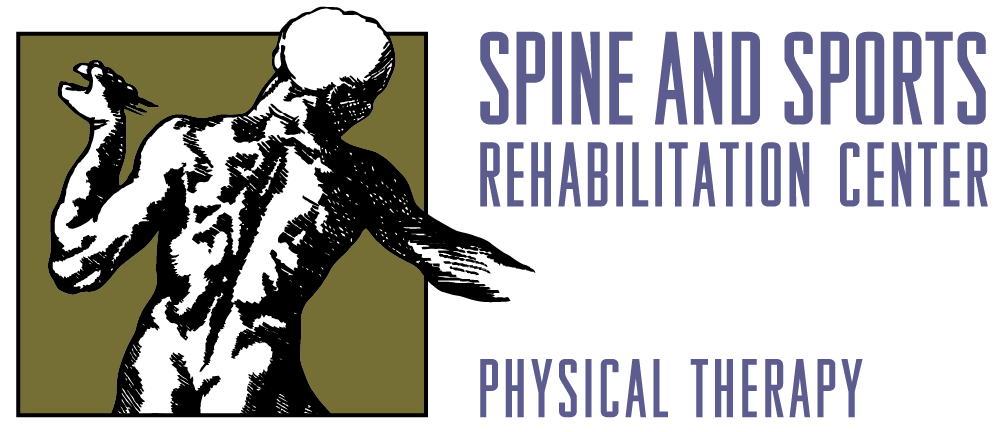The magic of balance
“Balance for me is a huge part. It doesn’t matter how big you are, you’re not going to out muscle an 1800 pound bull.” J.B. Mauney is one of the best bull riders in the world. At the World Championships in 2015, for 8 seconds, an enormous, muscular bull tried everything in its power to eject J.B. off of his back. J.B. only weights around 145 pounds but he somehow flows with the bull’s every movement. It’s impressive that he does not fall to the floor. It’s equally amazing that after he dismounts, as the bull continues to buck, he often lands on his feet.
How is that possible? Sometimes when I roll out of bed and stand up I have to hold onto the wall to make sure I don’t fall. Are there some people magically endowed with super special balance powers? Maybe. But many people are unaware that your ability to balance can improve just like your strength or endurance.
There are three main components of balance: somatosensory/proprioception, vision, and vestibular. I will outline each one below.
The somatosensory and proprioceptive component of balance refers to your sense of touch and your brain’s ability to sense a body part’s position in space. For example, if you close your eyes and raise your arm above your head, you form an image in your brain of your arm’s location in the air. Similarly, if you are standing, you can feel the ground underneath you. When people have diabetes, they often have a loss of sensation in their feet. Therefore, they have more trouble feeling the ground underneath them and their brain has a harder time calibrating the leg’s positioning in space. Thus, they have a decreased ability to accurately maneuver the minute weight shifts needed to maintain their standing balance. If you want to improve your balance, try balancing on one leg, feel the small weight shifts your feet do when trying to keep your balance.
Your vision is important because you will have an improved ability to balance if you can see the landscape on which you place your feet. In addition, your eyes allow you to track the minute shifts of your surroundings as your body moves. If you close your eyes you lose a significant amount of your ability to judge your body’s position relative to your surroundings. Therefore, one way to improve your balance would be to artificially reduce your vision. If standing on one leg has become too easy of an exercise, try doing it with your eyes closed.
The average person is unaware that the vestibular system is a main component of balance. The vestibular system is located in your inner ears and acts as a gyroscope for the body. In addition to having connections to your auditory system, it has nerve connections to parts of your brain, eyes, neck, hips and ankles. The vestibular system helps sync all of the aforementioned components together and informs us where our head is relative to our body and where to direct our eyes while our head and body are both moving. It also allows you to recognize your body’s position in space if you are not touching the ground and your eyes are closed. A well refined vestibular system would assuredly be necessary if you found yourself riding an angry, bucking bull. But for normal people, if standing on one leg with your eyes closed has become too easy, try it while repeatedly rotating your head to the right and left.
These self-improvement strategies only begin to touch on the ways that balance can be improved. Call to schedule an individualized balance assessment and exercise prescription with the pros as Spine and Sports Rehabilitation Center.
Disclaimer: If you know you have serious issues with your balance or are a “fall risk”, I highly recommend you be evaluated by a physical therapist before attempting any exercises. If you attempt any of the exercises suggested above, please do so while standing next to a kitchen counter or with someone guarding you in case you lose your balance.
If you would like to learn more about J.B. Mauney and how he trains for bull riding, please click the link below.
The Best Bull Rider of All Time: J.B. Mauney
Other Sources:
Kandel E, Schwartz J, Jessell T. Principles of Neural Science. 5th Edition. 2013. McGraw Hill.
